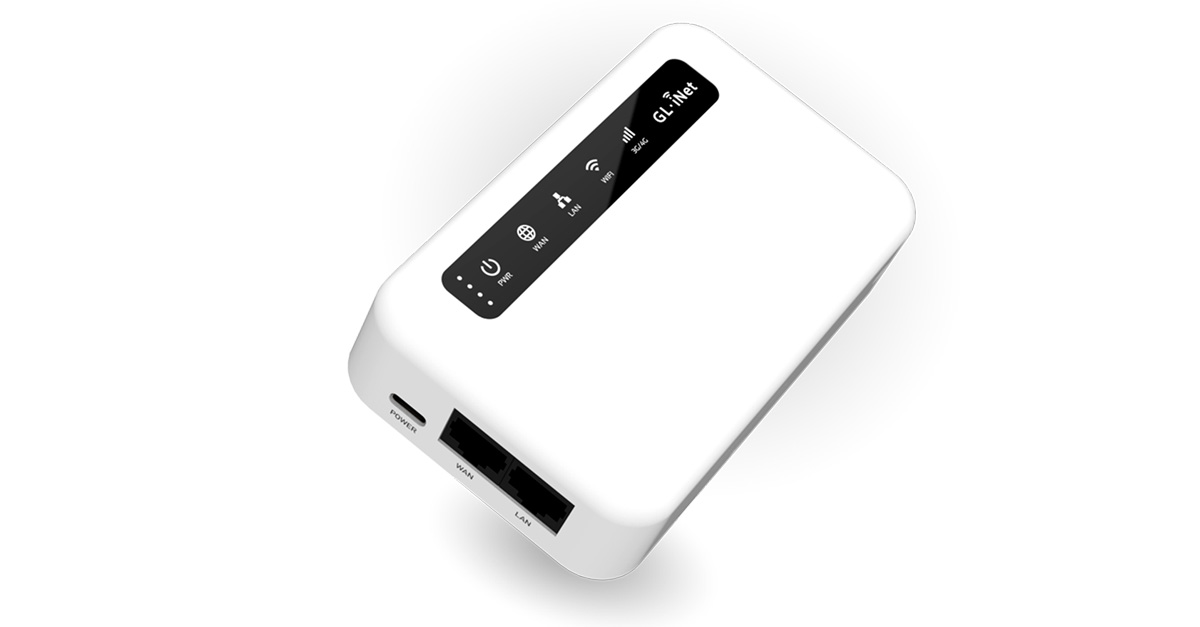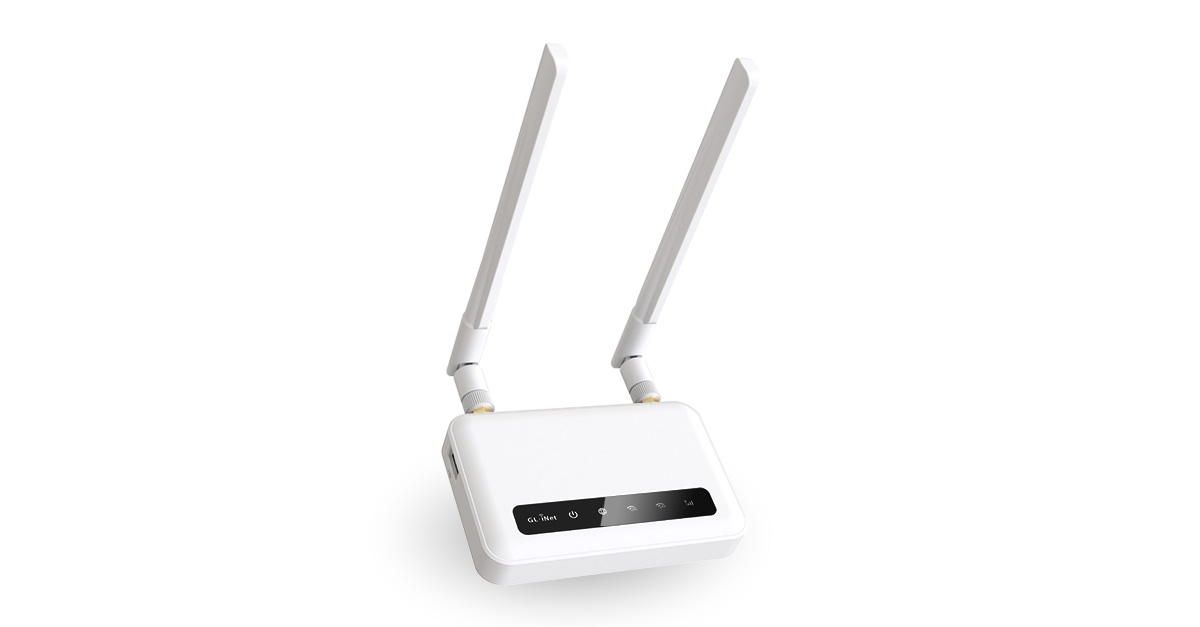MountOlympus
New Around Here
Hello,
First Post.
I am wanting to setup a set of cameras and a DVR to record video at a house I own in another state.
Currently the home has no power except for a few hundred watts of solar power.
I want to set up a DVR and 4 cameras at the location so that I can keep an eye on the property with my cellphone from 1000 miles away.
To do this I envision buying a cellphone just for this purpose and using it as a Hotspot for the DVR.
But I am not sure if this would work or how to do it.
I'm thinking a cellphone that allows it to be a hotspot, and a wireless router that gets internet connectivity from that cellphone.
Then the DVR connected to the Router.
Can someone please give me some advice on this?
Thanks
First Post.
I am wanting to setup a set of cameras and a DVR to record video at a house I own in another state.
Currently the home has no power except for a few hundred watts of solar power.
I want to set up a DVR and 4 cameras at the location so that I can keep an eye on the property with my cellphone from 1000 miles away.
To do this I envision buying a cellphone just for this purpose and using it as a Hotspot for the DVR.
But I am not sure if this would work or how to do it.
I'm thinking a cellphone that allows it to be a hotspot, and a wireless router that gets internet connectivity from that cellphone.
Then the DVR connected to the Router.
Can someone please give me some advice on this?
Thanks



